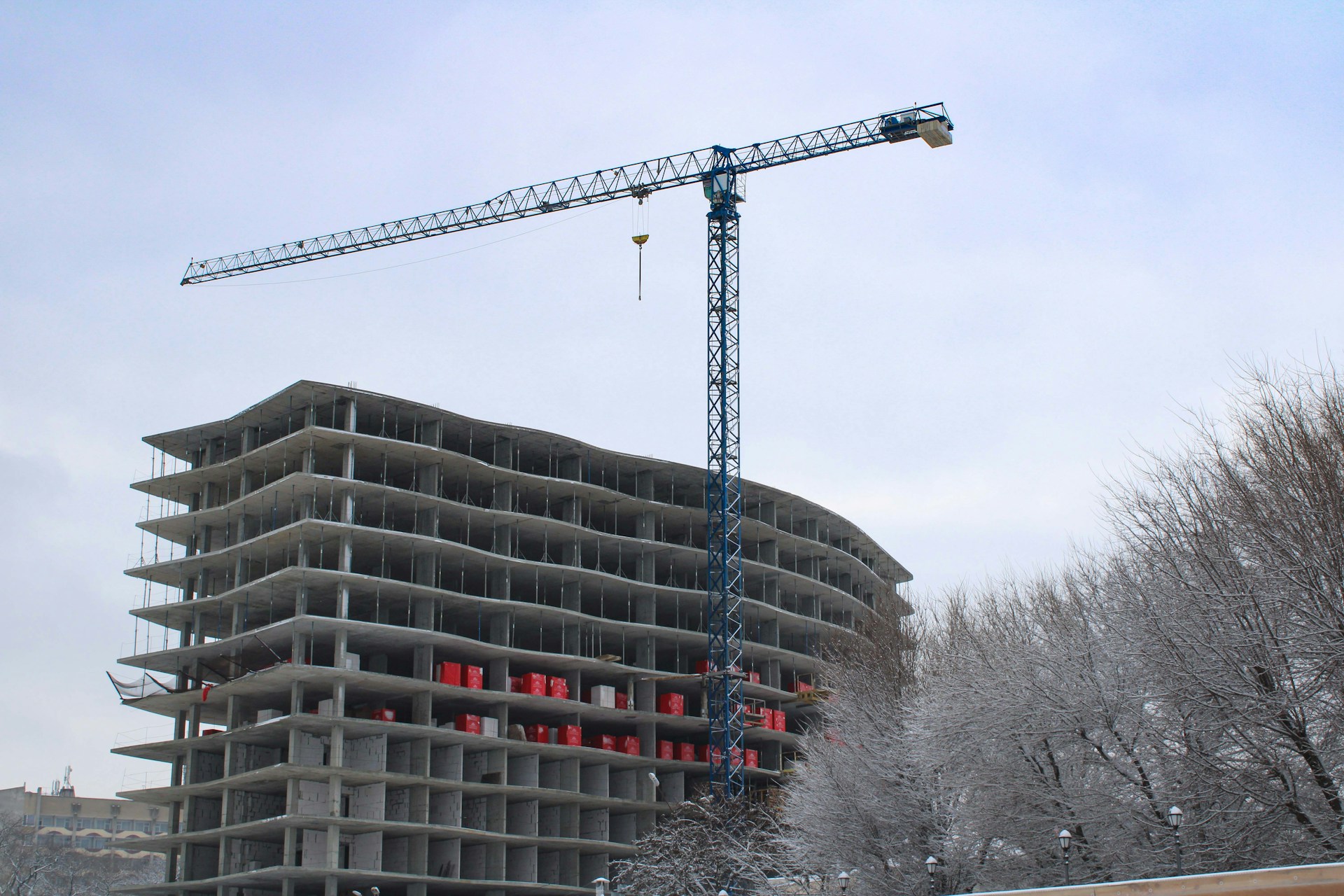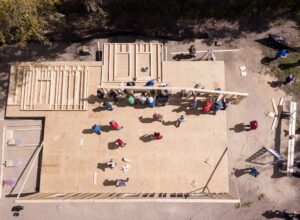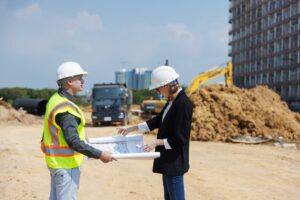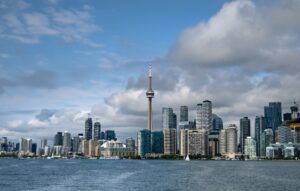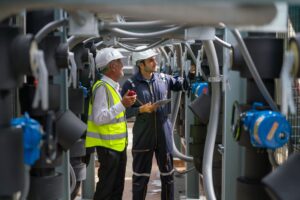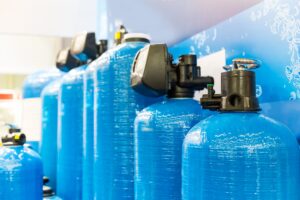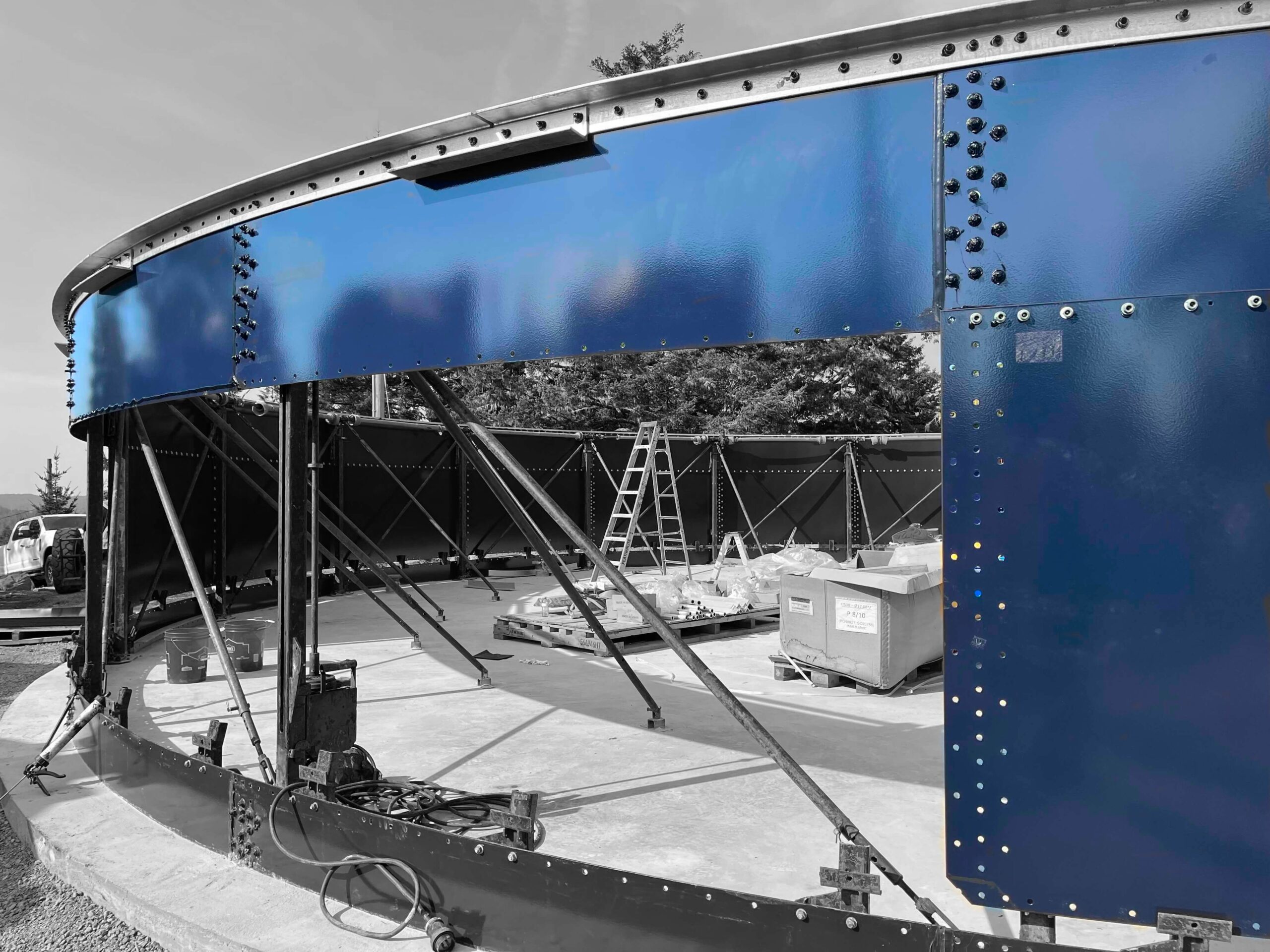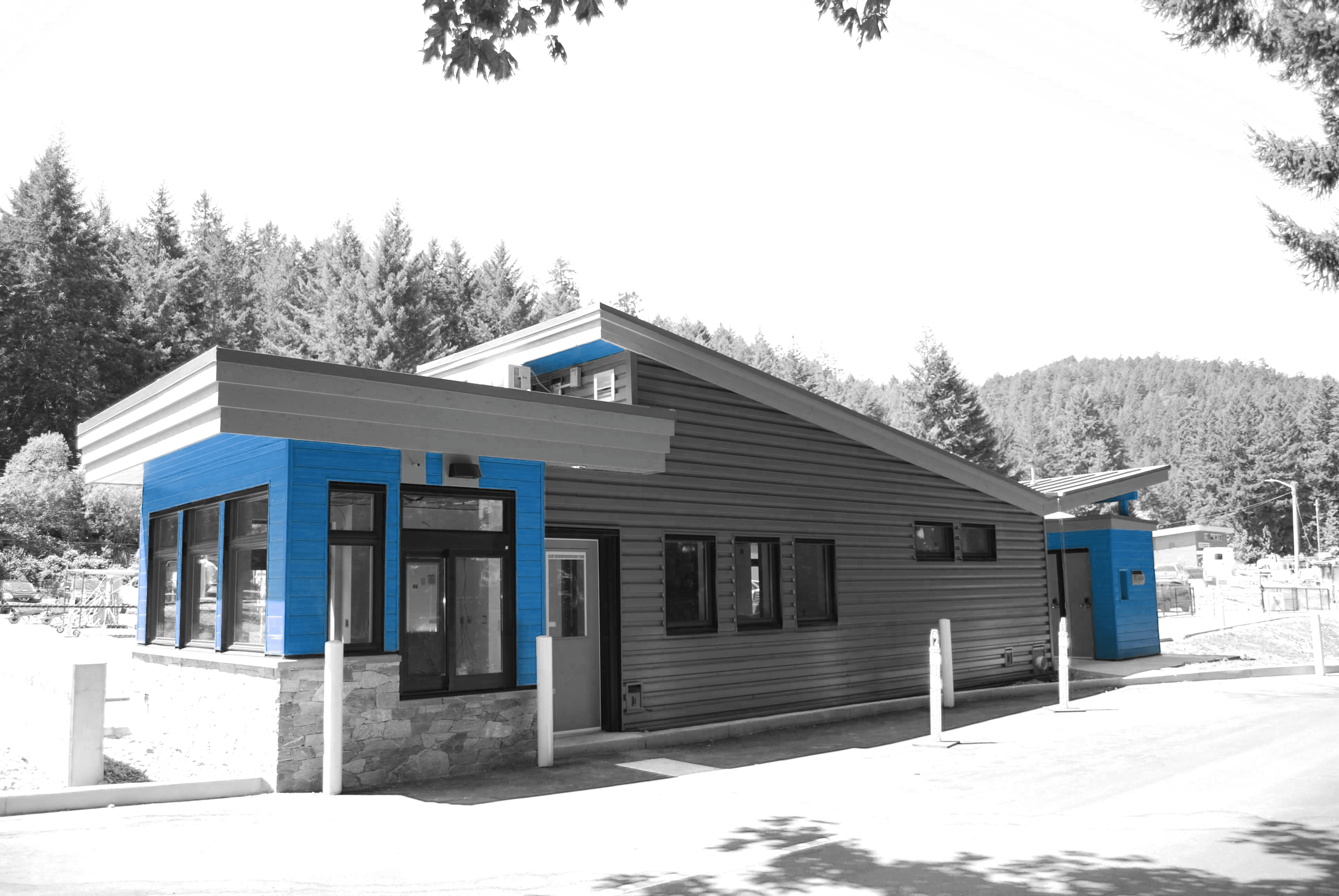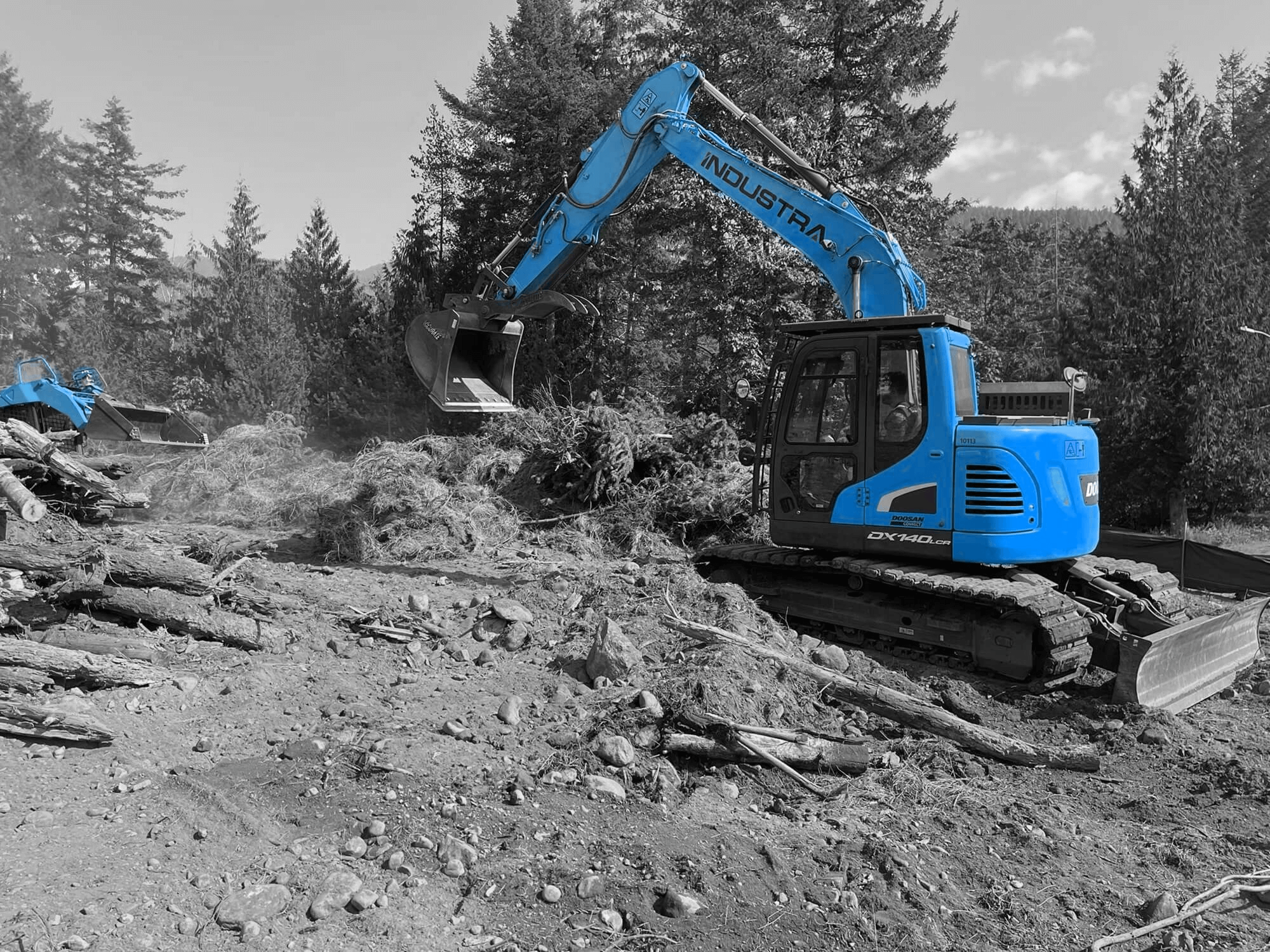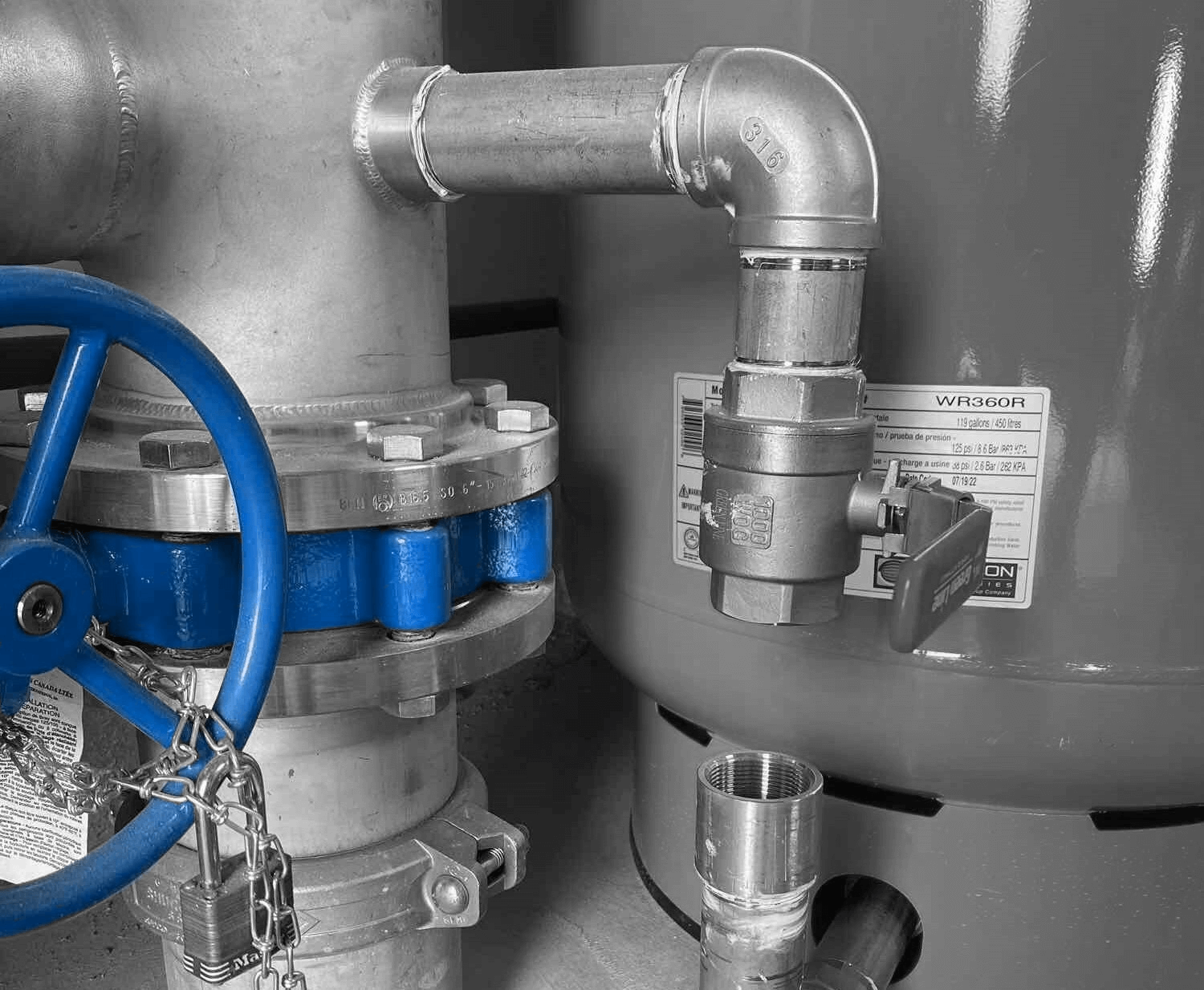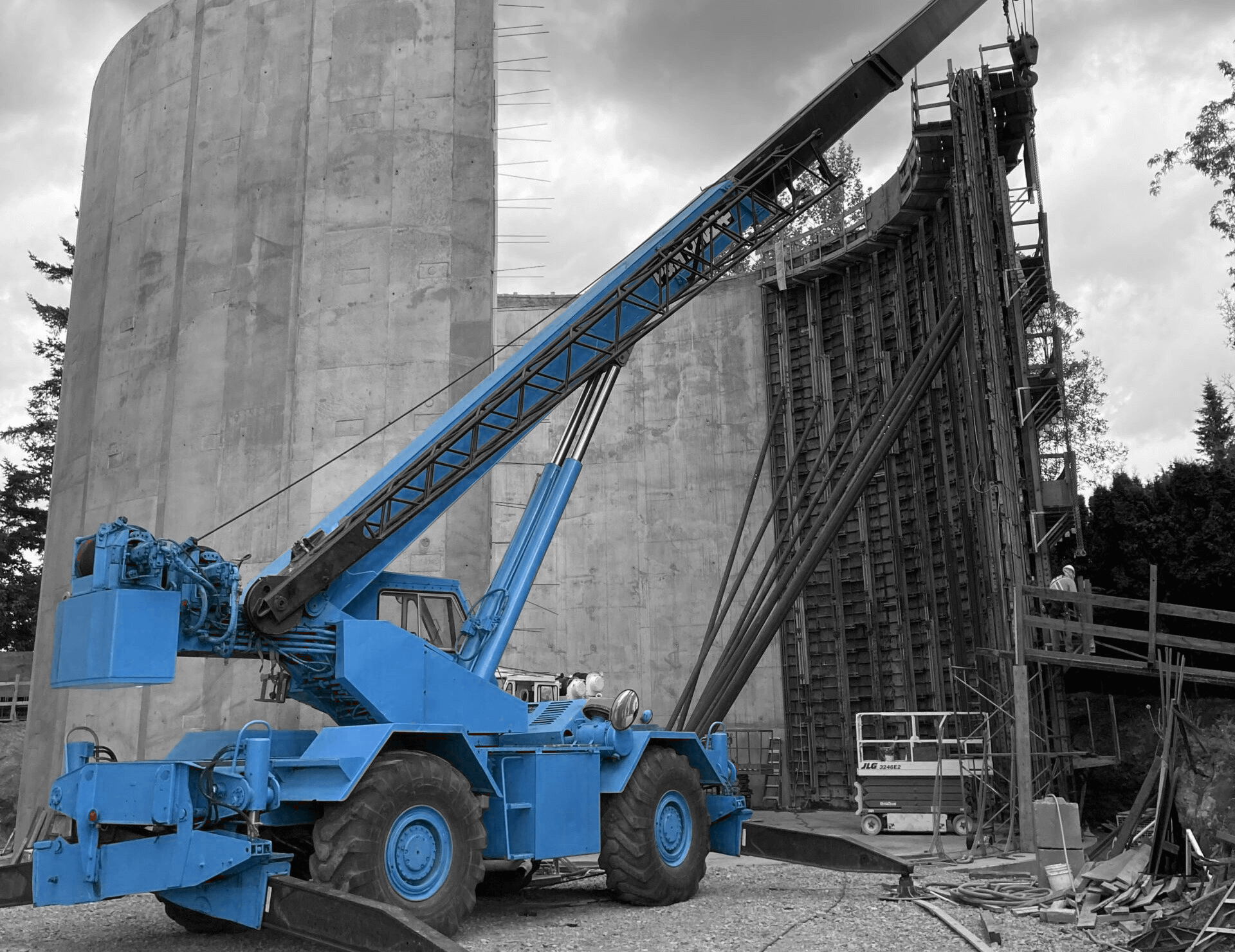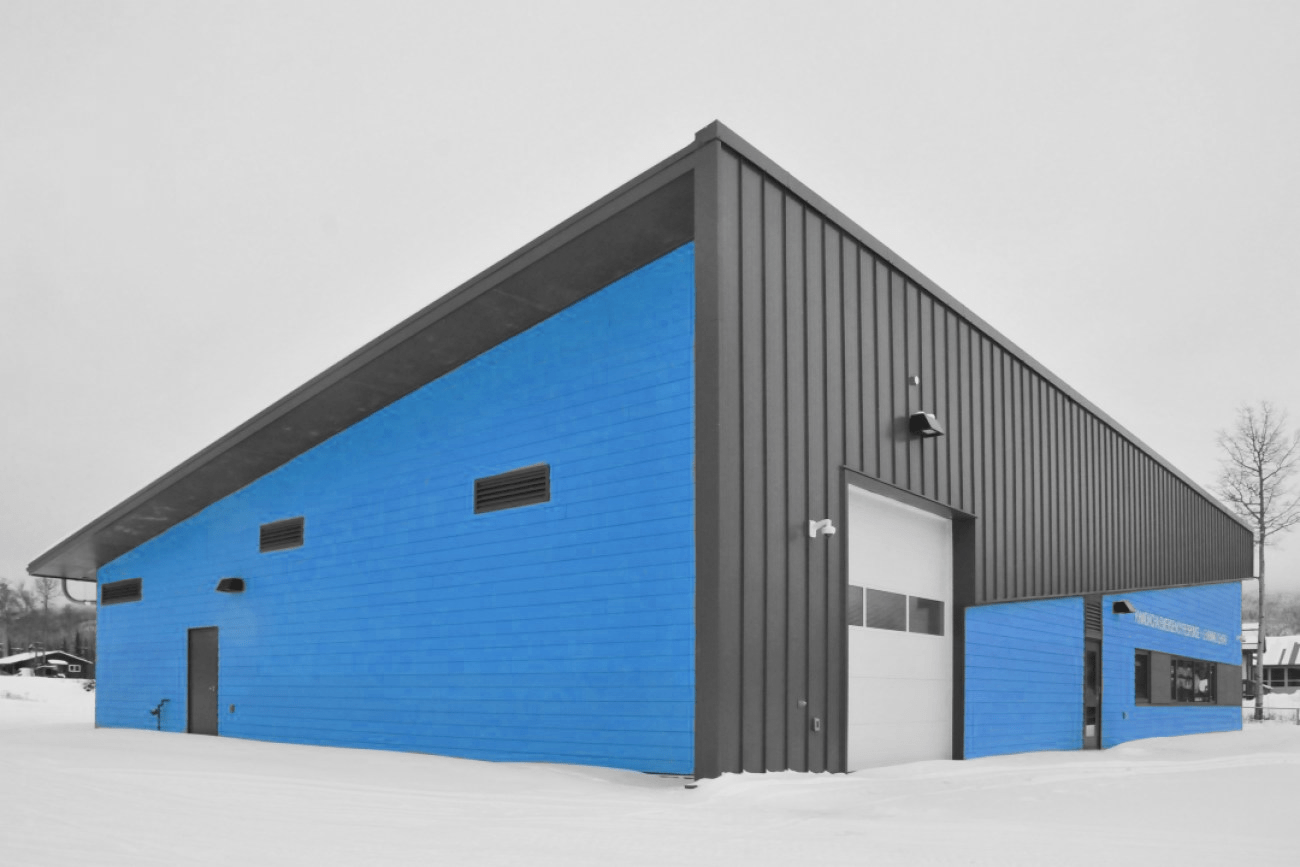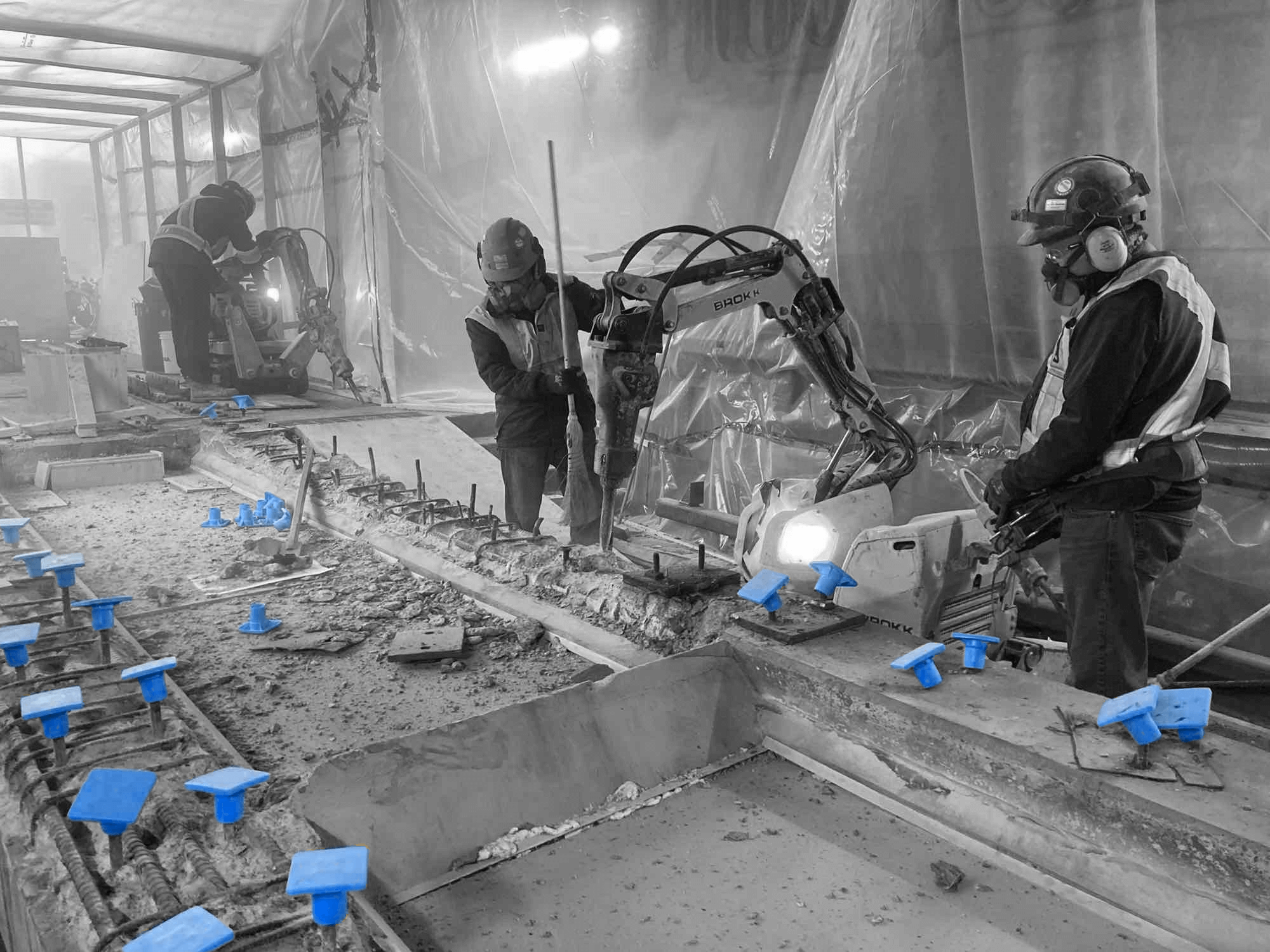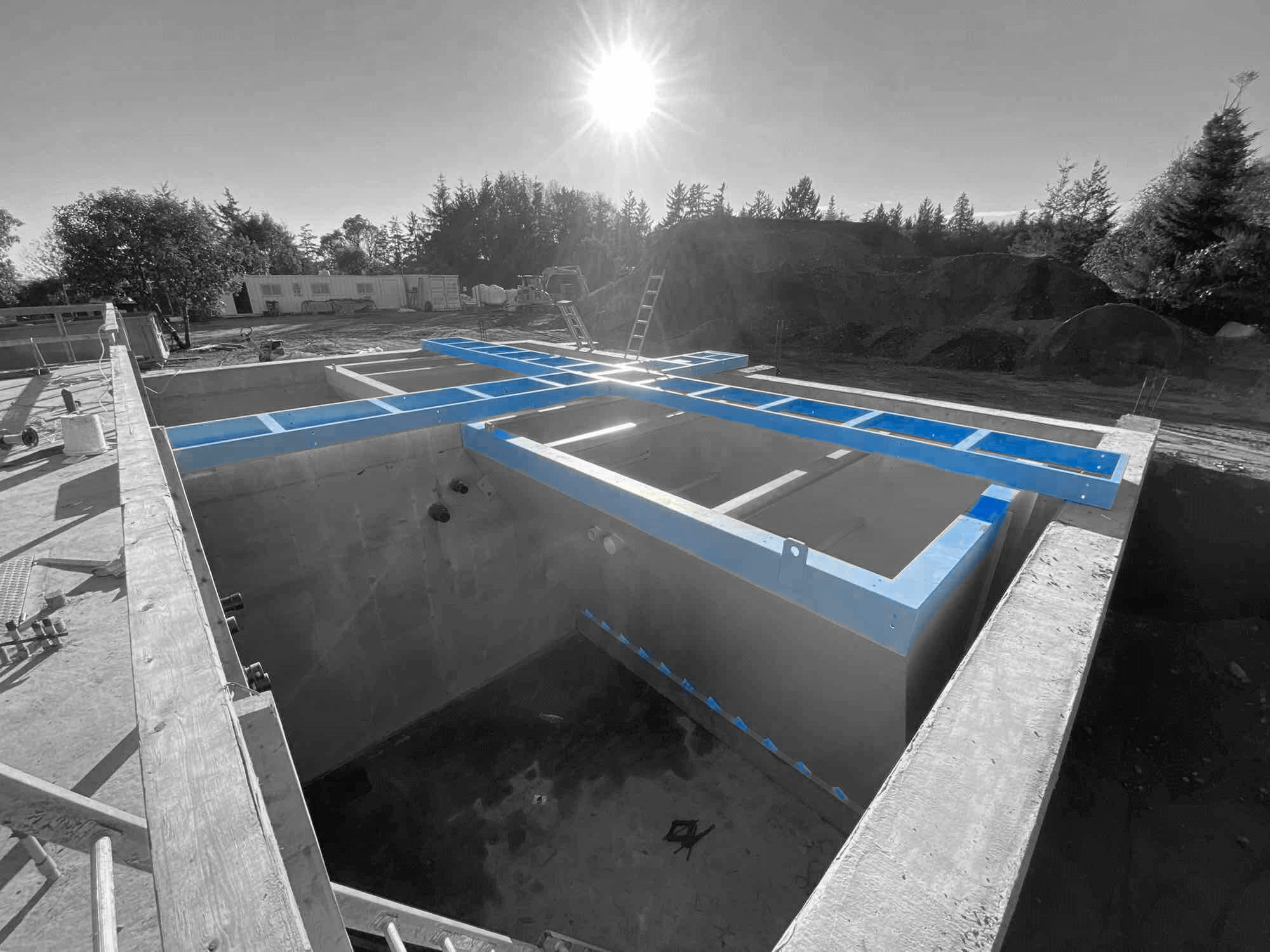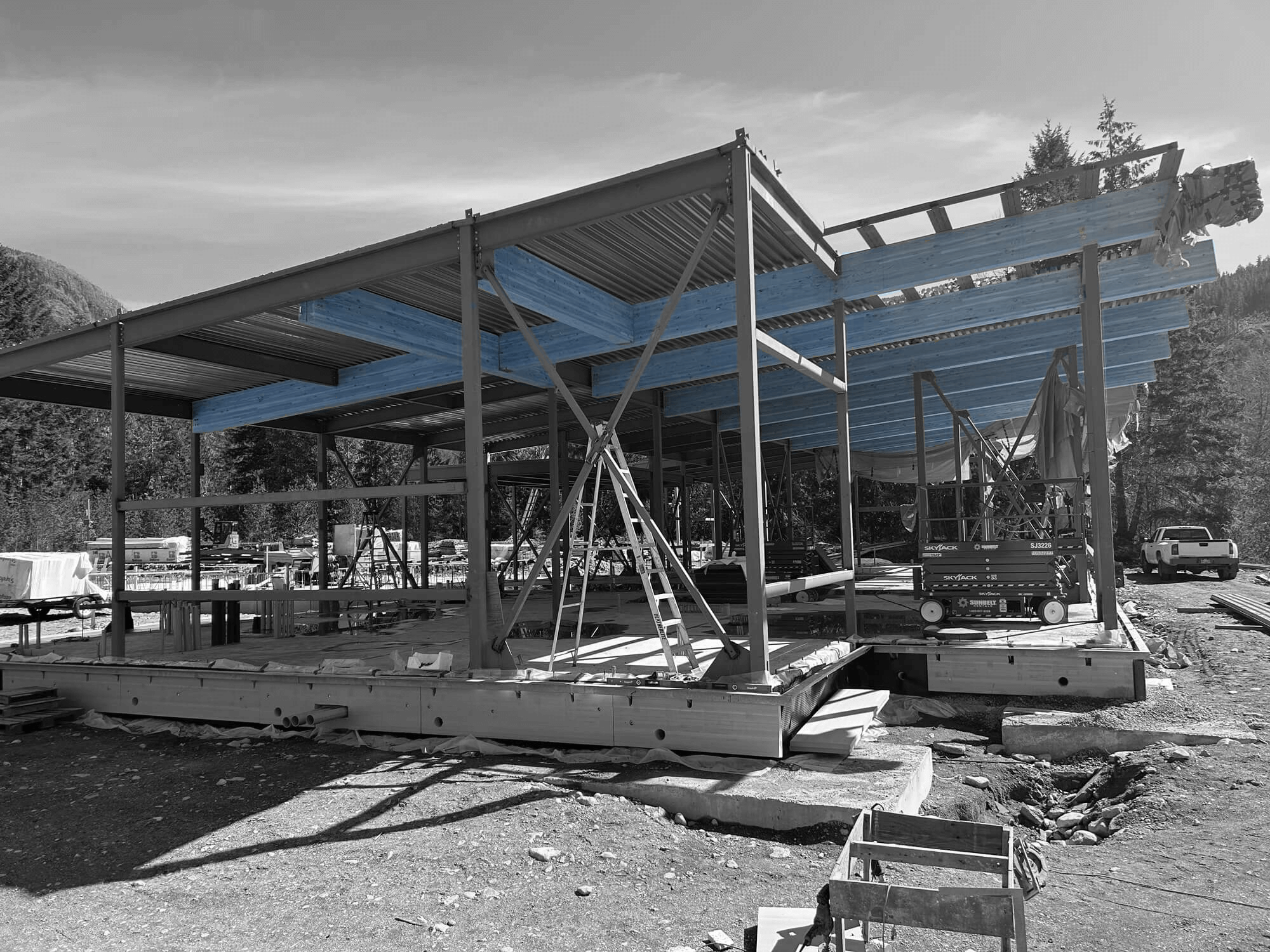Steel buildings are an excellent choice for coastal construction projects due to their durability, sustainability, and cost-effectiveness. At Industra Construction Corp., we recognize that coastal environments present unique challenges, such as harsh weather conditions and saline air, which can affect the longevity and performance of building materials. Steel structures address these issues while also offering eco-friendly benefits.
Building in coastal areas requires materials that can withstand strong winds, high humidity, and potential corrosion from saltwater exposure. Steel’s intrinsic qualities make it an ideal option, as it offers unparalleled strength and resistance to environmental stressors. This means that steel buildings not only survive in coastal settings but thrive there, providing long-lasting solutions tailored to these demanding conditions.
Additionally, steel construction aligns with sustainable building practices. Steel is highly energy-efficient, recyclable, and generates less waste compared to traditional materials. This makes it a preferred choice for those looking to reduce their environmental footprint while also achieving efficient and functional designs. By opting for steel buildings, we can create resilient structures that meet both present and future needs without compromising on sustainability or performance.
Advantages of Steel Buildings in Coastal Environments
Durability and Strength
Steel buildings are renowned for their exceptional durability and strength, making them ideal for coastal construction. The robust nature of steel means it can easily withstand the harsh conditions often found in coastal regions, such as high winds and heavy rains. Unlike wood, steel does not warp, crack, or shrink, maintaining its integrity over time. This durability ensures that the structures remain safe and functional for many years, providing peace of mind for those who inhabit and work within them.
The structural strength of steel also allows for more significant load-bearing capacities, which is crucial for large-scale coastal projects. This means we can design high-rise buildings or expansive industrial facilities without compromising safety or stability. Steel’s resilience makes it a reliable choice, ensuring that buildings can withstand the test of time even in the most demanding environments.
Resistance to Corrosion and Extreme Weather
One of the main concerns in coastal construction is the corrosive nature of salt air and water. Steel buildings are designed to resist corrosion, especially when treated with protective coatings or galvanized. These protective measures add an extra layer of defence, preventing rust and deterioration that could compromise structural integrity. This resistance to corrosion makes steel an excellent choice for building in salty, humid coastal environments.
Furthermore, steel buildings are designed to withstand extreme weather conditions, including hurricanes and heavy storms. Their flexibility and strength mean that they can absorb and dissipate energy from high winds and seismic activity, reducing the risk of structural failure. This weather resistance ensures the safety and longevity of steel buildings, making them a dependable option for coastal construction projects.
Sustainable Benefits of Steel Construction
Energy Efficiency
Steel buildings offer significant energy efficiency benefits, contributing to a smaller carbon footprint. Modern steel construction techniques incorporate energy-efficient designs and materials, such as high-performance insulation and reflective roofing. These features help regulate indoor temperatures, reducing the need for extensive heating or cooling. As a result, steel buildings consume less energy, leading to lower utility bills and a reduced environmental impact.
Energy-efficient steel buildings also support sustainable practices by integrating features such as solar panels and energy-efficient windows. These additions further enhance the building’s performance, making it easier to achieve energy sustainability goals. By prioritizing energy efficiency, we can create buildings that are not only durable and strong but also environmentally responsible.
Recyclability and Reduced Waste
Steel is one of the most recyclable materials in the construction industry, making it a top choice for eco-friendly building projects. Nearly all steel used in construction can be recycled, and the process of recycling steel requires significantly less energy than producing new steel. This recyclability helps reduce the demand for raw materials, conserving natural resources and minimizing environmental impact.
Additionally, steel construction generates less waste compared to traditional building methods. Precision manufacturing and efficient use of materials reduce the amount of scrap produced, and any leftover steel can be easily recycled. This approach aligns with sustainable construction practices, ensuring that projects contribute positively to environmental conservation. By using steel in construction, we can reduce overall waste and promote a circular economy, making it a sustainable choice for any project.
Design Flexibility and Customization
Adapting to Coastal Aesthetics and Requirements
Steel buildings offer remarkable design flexibility, enabling us to create structures that blend seamlessly with coastal aesthetics while meeting specific functional requirements. Coastal areas often have unique architectural styles and environmental constraints, such as building codes and zoning laws. Steel’s versatility allows for a wide range of designs, from modern industrial facilities to traditional-looking buildings with protective coatings that withstand the elements.
Additionally, steel’s adaptability means we can design buildings that complement the natural landscape while ensuring robust performance. Whether it’s creating open, airy spaces with large windows for natural light or developing structures that can be easily modified and expanded, steel provides the flexibility needed to meet varied design and operational goals.
Innovations in Steel Building Design
Innovations in steel building design have further expanded the possibilities for coastal construction. Advances in technology and materials have led to the development of improved steel alloys and protective coatings that enhance durability and corrosion resistance. Prefabricated steel building components allow for faster construction times and more precise assembly, reducing on-site labour and minimizing disruptions.
We can also integrate advanced features such as energy-efficient systems, smart building technologies, and sustainable materials into steel buildings. These innovations contribute to more resilient and sustainable structures that stand up to the rigours of coastal environments. By embracing these cutting-edge solutions, we can deliver high-performing buildings that address the unique challenges of coastal construction.
Cost-Effectiveness of Steel Buildings
Long-term Cost Savings
One of the significant advantages of steel buildings is their cost-effectiveness, particularly when considering long-term savings. The durability and low maintenance requirements of steel structures translate to reduced expenses over the building’s lifespan. Unlike wood or concrete, steel does not require frequent repairs or replacements, which significantly cuts down on maintenance costs. This makes steel an economical choice for both initial construction and long-term investment.
Furthermore, steel buildings can be constructed more quickly than traditional buildings. The speed of assembly and reduced labour costs contribute to overall savings. This efficiency also means that projects can be completed on time or even ahead of schedule, adding to their cost-effectiveness and allowing businesses to become operational sooner.
Reduced Maintenance and Repair Costs
Steel buildings require minimal maintenance compared to other construction materials. The strength and resilience of steel mean fewer issues with structural integrity, reducing the need for costly repairs. Additionally, protective coatings and galvanization further enhance the durability of steel, protecting it from rust and corrosion, which are common concerns in coastal environments.
This reduced need for maintenance and repair not only saves money but also ensures that the building remains functional and safe for extended periods. By choosing steel, we can avoid the frequent and often expensive maintenance associated with other materials. This long-term reliability makes steel buildings an excellent choice for anyone looking to invest in durable, cost-effective coastal construction.
Final Thoughts
Steel buildings offer a compelling solution for coastal construction with their durability, sustainability, design flexibility, and cost-effectiveness. At Industra Construction Corp., we understand the unique demands of building in coastal areas and leverage the benefits of steel to deliver structures that meet these challenges head-on. From resisting corrosion and extreme weather to promoting energy efficiency and reducing waste, steel buildings are designed to provide lasting value and performance.
The adaptability of steel in design and construction allows us to create buildings that not only meet functional needs but also enhance the aesthetics of coastal landscapes. By incorporating modern innovations and sustainable practices, we can build structures that are both resilient and environmentally responsible. These advantages make steel buildings a prudent choice for coastal projects, offering significant benefits over other materials.
For those looking to invest in coastal construction, steel buildings from Industra Construction Corp. represent a sustainable and cost-effective option. By choosing steel, you gain the assurance of long-term savings, reduced maintenance, and a building that stands strong against the unique challenges of coastal environments.
If you are considering a coastal construction project, contact Industra Construction Corp. today to learn how we can provide the ideal steel building solution for your needs.


